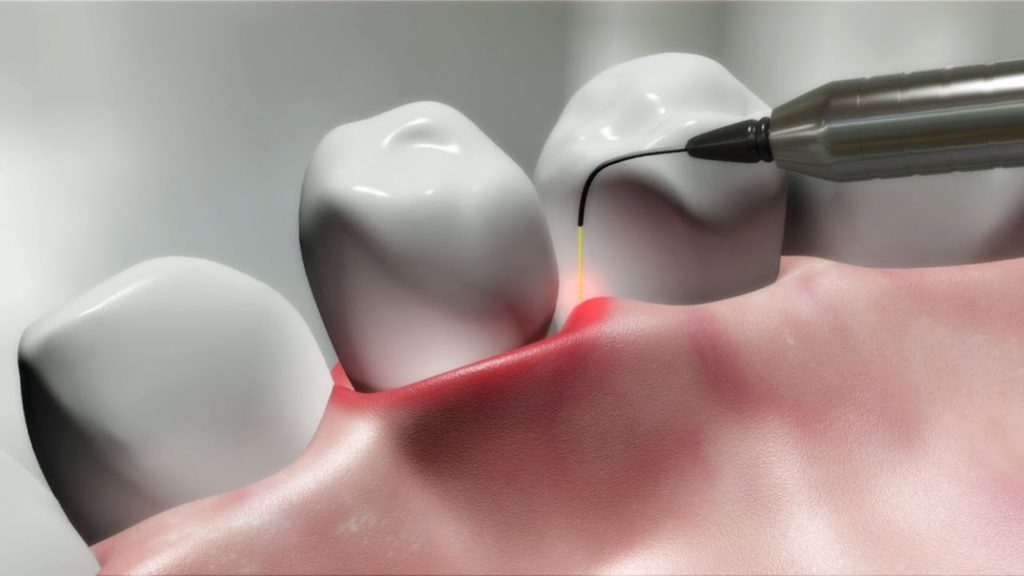Services
One Stop Shop Arrangement
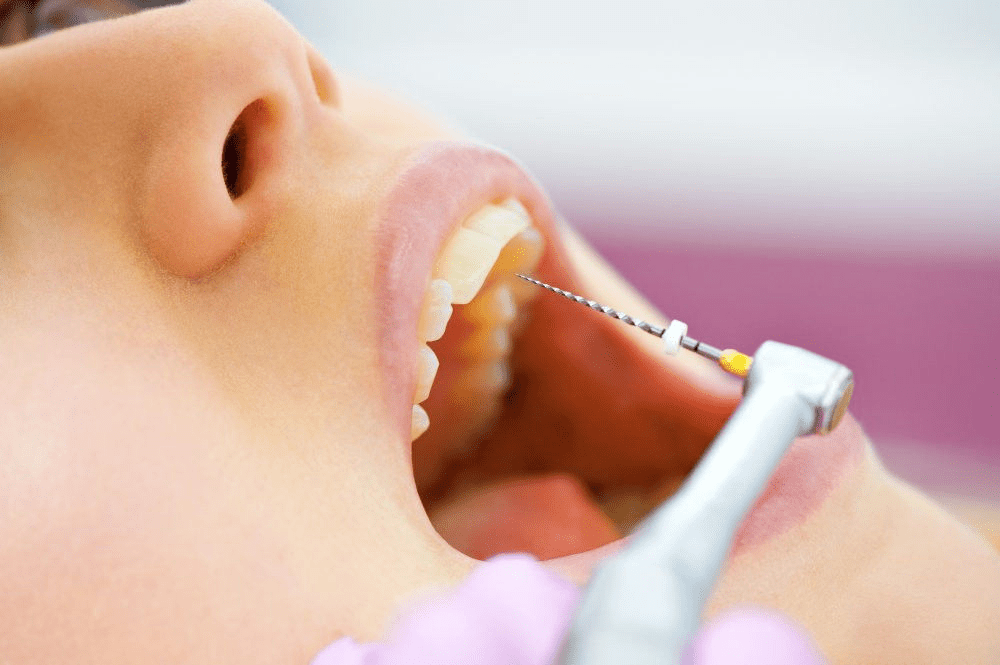
Root Canal Treatment
Endodontics/Root Canal Treatment What is a Root Canal? Root canal treatment is the removal of the tooth’s pulp, a small, thread-like tissue in the…
Root Canal Treatment
What is a Root Canal?
Root canal treatment is the removal of the tooth’s pulp, a small, thread-like tissue in the center of the tooth and subsequent filling of this space with an inert filling material.Why Would You Need Root Canal Treatment?
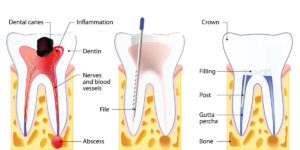 Root canal treatment is needed for two main reasons. The first is infection. An untreated cavity is a common cause of pulp infection. The decay erodes the enamel and dentin of the tooth until it reaches the pulp. This allows bacteria to infect the pulp. Antibiotics can’t get to infections inside teeth.
The second reason for a root canal is damage to the pulp due to Trauma or a fracture or a large filling.
The goal of root canal treatment is to save the tooth by removing the infected or damaged pulp, treating any infection, and filling the empty root canals with a material called "gutta percha".
If root canal treatment is not done, an infected tooth may have to be extracted. It is better to keep your natural teeth if you can. If a tooth is missing, neighboring teeth can drift out of line. Keeping your natural teeth also helps you to avoid other treatments, such as implants or bridges. Also, if you ignore an infected or injured tooth the infection can spread to other parts of your body.
Root canal treatment is needed for two main reasons. The first is infection. An untreated cavity is a common cause of pulp infection. The decay erodes the enamel and dentin of the tooth until it reaches the pulp. This allows bacteria to infect the pulp. Antibiotics can’t get to infections inside teeth.
The second reason for a root canal is damage to the pulp due to Trauma or a fracture or a large filling.
The goal of root canal treatment is to save the tooth by removing the infected or damaged pulp, treating any infection, and filling the empty root canals with a material called "gutta percha".
If root canal treatment is not done, an infected tooth may have to be extracted. It is better to keep your natural teeth if you can. If a tooth is missing, neighboring teeth can drift out of line. Keeping your natural teeth also helps you to avoid other treatments, such as implants or bridges. Also, if you ignore an infected or injured tooth the infection can spread to other parts of your body.
Signs and Symptoms
- Your tooth might need a root canal if:
- It hurts when you bite down on it, touch it or push on it
- It is sensitive to heat
- It is sensitive to cold for more than a few seconds
- There is swelling near the tooth
- It is discolored (whether it hurts or not)
- It is broken
Length of Treatment
Root canal treatment can be done by our dentists one or more visits, depending on the situation. An uncomplicated root canal treatment can be completed in one visit. If you have an infection, more than one visit may be required to make sure that the infection is gone.The Procedure
- Measuring the Root Canals
- Cleaning
- Filling
- Crown
Dental Implants
A dental implant (also known as an endosseous implant or fixture) is a surgical component that interfaces with the bone of the jaw or skull to…
Dental Implants
TYPES OF DENTAL IMPLANTS
- Endosteal (in the bone): This is the most commonly used type of implant. The various types include screws, cylinders or blades surgically placed into the jawbone. Each implant holds one or more prosthetic teeth. This type of implant is generally used as an alternative for patients with bridges or removable dentures.
- Subperiosteal (on the bone): These are placed on top of the jaw with the metal framework’s posts protruding through the gum to hold the prosthesis. These types of implants are used for patients who are unable to wear conventional dentures and who have minimal bone height.
ARE YOU A CANDIDATE FOR DENTAL IMPLANTS?
The ideal candidate for a dental implant is in good general and oral health. Adequate bone in your jaw is needed to support the implant, and the best candidates have healthy gum tissues that are free of periodontal disease. Dental implants are intimately connected with the gum tissues and underlying bone in the mouth. Since periodontists are the dental experts who specialize in precisely these areas, they are ideal members of your dental implant team. Not only do periodontists have experience working with other dental professionals, they also have the special knowledge, training and facilities that you need to have teeth that look and feel just like your own. Your dentist and periodontist will work together to make your dreams come true.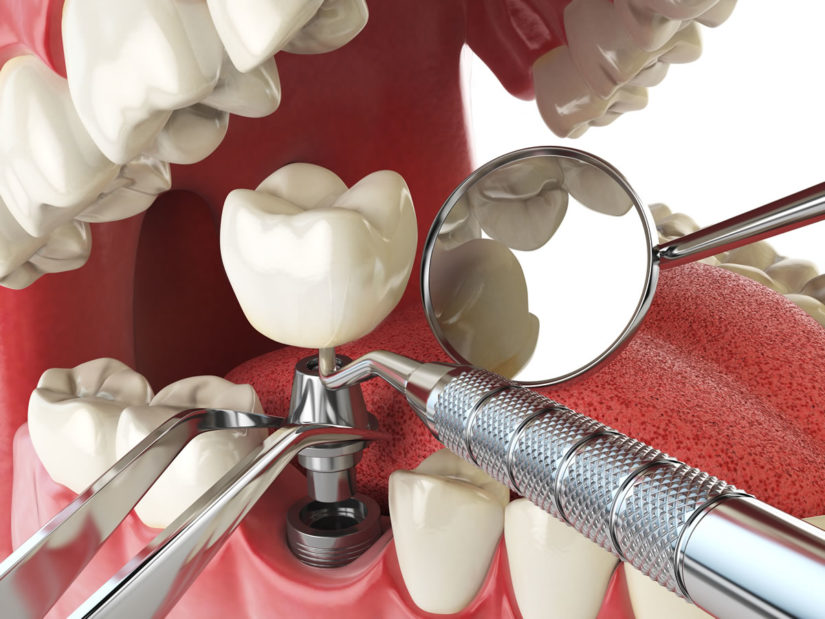

Cosmetic Dentistry
Cosmetic-Dentistry Cosmetic dentistry is generally used to refer to any dental work that improves the appearance (though not necessarily the…
Cosmetic Dentistry
- the addition of a dental material to teeth or gums – examples: bonding, porcelain veneers (laminates), crowns (caps), gum grafts
- the removal of tooth structure or gums – examples: enameloplasty, gingivectomy
- neither adding nor removing dental materials, tooth structure, or gums – examples: teeth whitening (bleaching), gum depigmentation
- straightening of teeth accompanied by improvement in appearance of face – Orthodontics
Crown and Bridge
Crown and Bridge What are Dental Crowns and Tooth Bridges? Both crowns and most bridges are fixed prosthetic devices. Unlike removable devices…
Crown and Bridge
- Replace a large filling when there isn’t enough tooth remaining
- Protect a weak tooth from fracturing
- Restore a fractured tooth
- Attach a bridge
- Cover a dental implant
- Cover a discolored or poorly shaped tooth
- Cover a tooth that has had root canal treatment
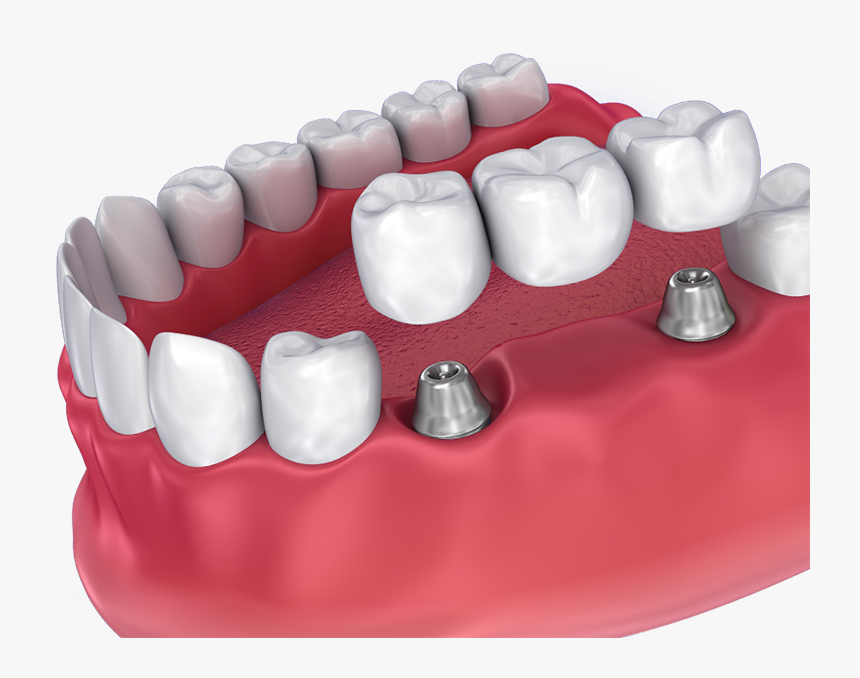

Tooth Whitening
Tooth Whitening What Is It? Tooth whitening lightens teeth and helps to remove stains and discoloration. Whitening is among the most popular…
Tooth Whitening
What Is It?
Tooth whitening lightens teeth and helps to remove stains and discoloration. Whitening is among the most popular cosmetic dental procedures because it can greatly improve how your teeth look. Whitening is not a one-time procedure. It will need to be repeated from time to time if you want to maintain the brighter color.What It’s Used For
The outer layer of a tooth is called the enamel. The color of natural teeth is created by the reflection and scattering of light off the enamel, combined with the color of the dentin under it. Your genes affect the thickness and smoothness of the enamel. Thinner enamel allows more of the color of the dentin to show through. Having smoother or rougher enamel also affects the reflection of light and therefore the color. Every day, a thin coating (pellicle) forms on the enamel and picks up stains. Tooth enamel also contains pores that can hold stains. The most common reasons for teeth to get yellow or stained are:- Using tobacco
- Drinking dark-colored liquids such as coffee, cola, tea and red wine
- Not taking good care of your teeth
- Aging also makes teeth less bright as the enamel gets thinner and the dentin becomes darker.
Preparation
Other dental problems can affect the success of tooth whitening. For example, cavities need to be treated before teeth are whitened. That’s because the whitening solution can pass through decayed areas and reach the inner parts of the tooth. If your gums have receded, the exposed roots of your teeth may appear yellow or discolored. Whitening products will not make them whiter. If you have tooth decay or receding gums, whitening may make your teeth sensitive. Whitening also does not work on ceramic or porcelain crowns or veneers. Whitening can be done in the dental office or at home. For in-office whitening, your dentist probably will photograph your teeth first. This step will help him or her to monitor the progress of the treatment. Your dentist also will examine your teeth and ask you questions to find out what caused the staining. Next, the dentist or a dental hygienist will clean your teeth. This will remove the film of bacteria, food and other substances that build up on your teeth and contribute to the staining. Once this is done, the whitening procedure begins. For whitening at home, your dentist can make trays to hold the whitening gel that fit your teeth precisely. Home whitening gel usually needs to be applied daily for two to three weeks. Over-the-counter kits also are widely available for home use. They provide trays to hold the gel, or whitening strips that stick to your teeth. Talk to your dentist if you want to use these home products. Be sure to follow directions to avoid overuse and possible damage to your teeth and mouth.How It’s Done
There are two main types of whitening procedures. Non-vital whitening is done on a tooth that has had root-canal treatment and no longer has a live nerve. Vital whitening is performed on teeth that have live nervesLaser Treatment
High Innovative Technology & Professional DentistsMake Appointment or call 8 800 254 25 64Make an AppointmentForm for FREE ConsultationThis…
Tooth Whitening
What Is It?
Tooth whitening lightens teeth and helps to remove stains and discoloration. Whitening is among the most popular cosmetic dental procedures because it can greatly improve how your teeth look. Whitening is not a one-time procedure. It will need to be repeated from time to time if you want to maintain the brighter color.What It’s Used For
The outer layer of a tooth is called the enamel. The color of natural teeth is created by the reflection and scattering of light off the enamel, combined with the color of the dentin under it. Your genes affect the thickness and smoothness of the enamel. Thinner enamel allows more of the color of the dentin to show through. Having smoother or rougher enamel also affects the reflection of light and therefore the color. Every day, a thin coating (pellicle) forms on the enamel and picks up stains. Tooth enamel also contains pores that can hold stains. The most common reasons for teeth to get yellow or stained are:- Using tobacco
- Drinking dark-colored liquids such as coffee, cola, tea and red wine
- Not taking good care of your teeth
- Aging also makes teeth less bright as the enamel gets thinner and the dentin becomes darker.
Preparation
Other dental problems can affect the success of tooth whitening. For example, cavities need to be treated before teeth are whitened. That’s because the whitening solution can pass through decayed areas and reach the inner parts of the tooth. If your gums have receded, the exposed roots of your teeth may appear yellow or discolored. Whitening products will not make them whiter. If you have tooth decay or receding gums, whitening may make your teeth sensitive. Whitening also does not work on ceramic or porcelain crowns or veneers. Whitening can be done in the dental office or at home. For in-office whitening, your dentist probably will photograph your teeth first. This step will help him or her to monitor the progress of the treatment. Your dentist also will examine your teeth and ask you questions to find out what caused the staining. Next, the dentist or a dental hygienist will clean your teeth. This will remove the film of bacteria, food and other substances that build up on your teeth and contribute to the staining. Once this is done, the whitening procedure begins. For whitening at home, your dentist can make trays to hold the whitening gel that fit your teeth precisely. Home whitening gel usually needs to be applied daily for two to three weeks. Over-the-counter kits also are widely available for home use. They provide trays to hold the gel, or whitening strips that stick to your teeth. Talk to your dentist if you want to use these home products. Be sure to follow directions to avoid overuse and possible damage to your teeth and mouth.How It’s Done
There are two main types of whitening procedures. Non-vital whitening is done on a tooth that has had root-canal treatment and no longer has a live nerve. Vital whitening is performed on teeth that have live nerves